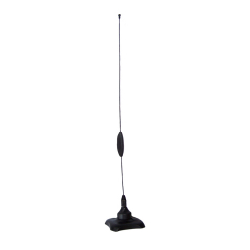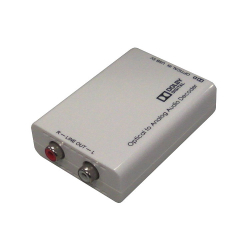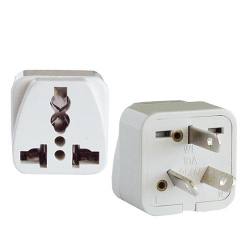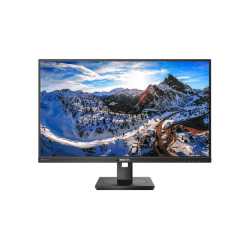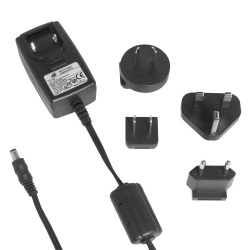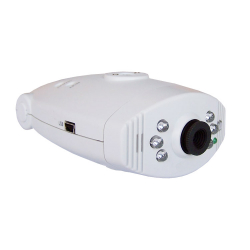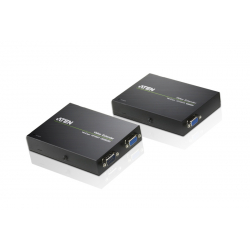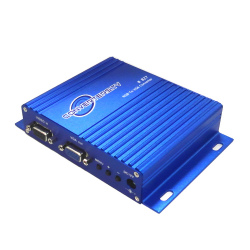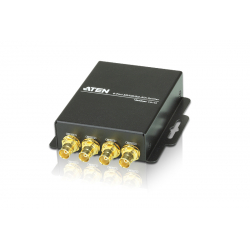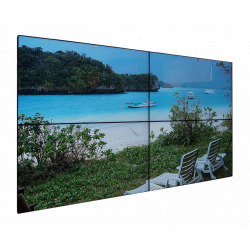A B C D E F G H I J K L M N O P Q R S T U V W X Y Z _
| CCFL | A cold cathode is an element used within some nixie tubes, gas discharge lamps, discharge tubes, and vacuum tubes. The term cold cathode refers to the fact that the cathode is not independently heated. In spite of this, the cathode itself may still operate at temperatures as high as if the cathode were heated. Cold cathode fluorescent lamps (CCFLs) are usually also called cold cathodes. Neon lamps are a very common example of a cold cathode lamp. Cold cathodes remain popular for LCD backlighting and enthusiast computer case modders. |
| UHDV | Ultra High Definition Video (UHDV) is an experimental digital video format, currently proposed by NHK of Japan and British Sky Broadcasting and represents an intermediate format also referred to as Quad TV and is mid-way between the HDTV and UHDTV. |
| WQXGA | WQXGA (Wide Quad eXtended Graphics Array) is a display resolution of 2560×1600 pixels with a 16:10 aspect ratio or 2560×1440 with 16:9 aspect ratio (1440p). The name comes from the fact that it is a wide version of QXGA and has four times as many pixels as an WXGA display. |
| HDMI Connector Types | Type A (HDMI® Connector): The most common and well recognised HDMI connector variant. Nineteen pin connector, with bandwidth to support all SDTV, EDTV, and HDTV modes. Compatible with DVI-D single-link connector. Type B: Bigger 21 mm 29-pin connector for dual-link HDMI connectivity. Maximum pixel clock rate of 330MHz. Type-B HDMI connectors are virtually non-existent, as no dual-link HDMI consumer equipment has been released thus far. Type C (HDMI® Mini Connector): Mini connector defined in the HDMI 1.3 specification, and intended for portable devices. Smaller than Type A plug, but with the same 19-pin configuration. The Type C Mini connector can be connected to a Type A connector using a Type A-to-Type C cable. Type D (HDMI® Micro Connector): Micro connector defined in the HDMI 1.4 specification. Keeps the standard 19 pins of Types A and C but shrinks the connector size to something resembling a micro-USB connector. |
| Resistive Touchscreen | Resistive touchscreens are composed of two flexible sheets coated with a resistive material and separated by an air gap or microdots. When contact is made to the surface of the touchscreen, the two sheets are pressed together, registering the precise location of the touch. Because the touchscreen responds to pressure on its surface, contact can be made with a finger or any other pointing device. Resistive touchscreens typically have high resolution (4096 x 4096 DPI or higher), providing accurate touch control. |
| SAW (Surface Acoustic Wave) Touchscreen | Surface Acoustic Wave (SAW) technology uses ultrasonic waves that pass over the touchscreen panel. When the panel is touched, a portion of the wave is absorbed. This change in the ultrasonic waves registers the position of the touch event and sends this information to the controller for processing. Must be touched by a finger, gloved hand, or a soft-tip stylus. Because the panel is all glass there are no layers that can be worn, giving this technology a high durability factor as well as great clarity. However SAW touchscreen panels are not completely sealable, and contaminants on the surface (eg dirt, dust) can interfere with the functionality of the touchscreen. |
| Capacitive Touchscreen | A capacitive touchscreen panel consists of an insulator such as glass, coated with a transparent conductor such as indium tin oxide (ITO). As the human body is also a conductor, touching the surface of the screen results in a distortion of the body's electrostatic field, measurable as a change in capacitance. The location is then sent to the controller for processing. Capacitive touchscreens are mainly used with human touch input. A standard stylus cannot be used for capacitive sensing, unless it is tipped with some form of conductive material, such as anti-static conductive foam. |
| Infrared Touchscreen | An infrared touchscreen uses an array of X-Y infrared LED and photodetector pairs around the edges of the screen to detect a disruption in the pattern of LED beams. A major benefit of such a system is that it can detect essentially any input including a finger, gloved finger, stylus or pen. It is generally used in outdoor applications and point-of-sale systems which cannot rely on a conductor (such as a bare finger) to activate the touchscreen. Unlike capacitive touchscreens, infrared touchscreens do not require any patterning on the glass which increases durability and optical clarity of the overall system. |
| Optical Imaging Touchscreen | Optical Imaging is a relatively modern development in touchscreen technology, in which two or more image sensors are placed around the edges (mostly the corners) of the screen. Infrared back lights are placed in the camera's field of view on the other side of the screen. A touch shows up as a shadow and each pair of cameras can then be triangulated to locate the touch or even measure the size of the touching object. This technology is growing in popularity due to its scalability, versatility and affordability, especially for larger units. |
